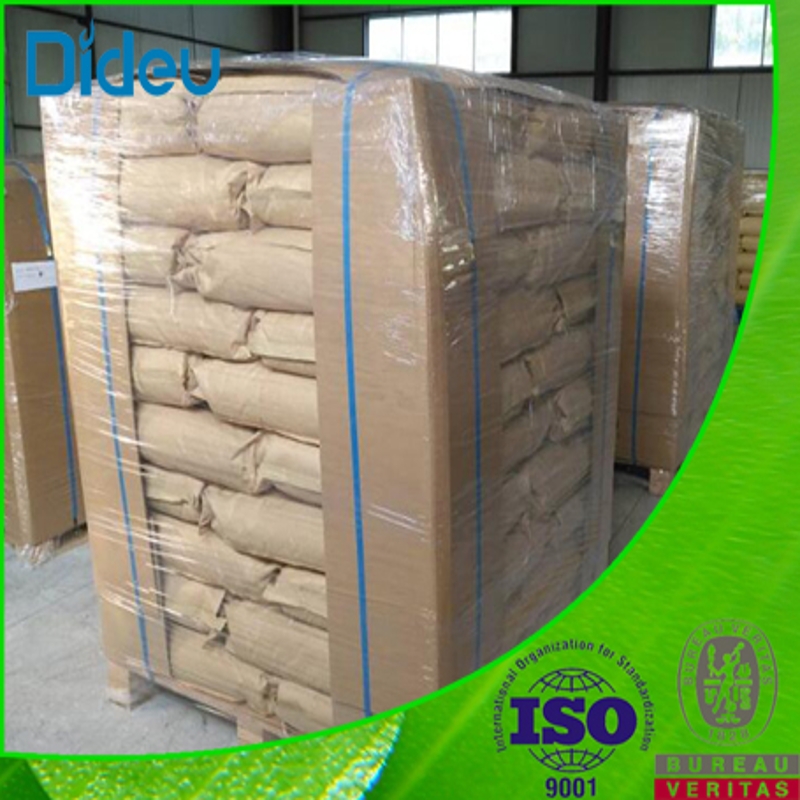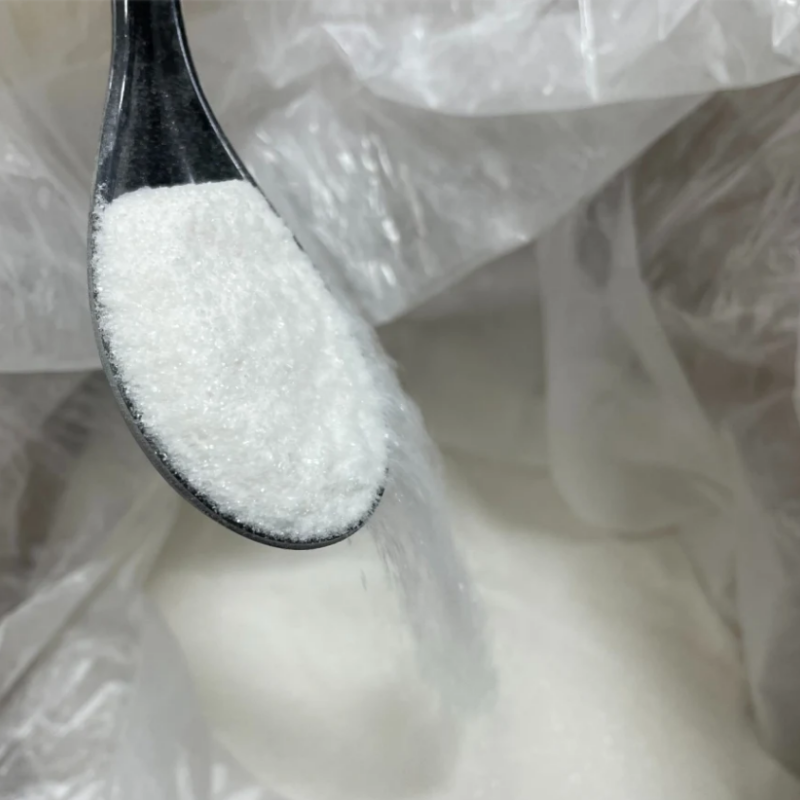-
Categories
-
Pharmaceutical Intermediates
-
Active Pharmaceutical Ingredients
-
Food Additives
- Industrial Coatings
- Agrochemicals
- Dyes and Pigments
- Surfactant
- Flavors and Fragrances
- Chemical Reagents
- Catalyst and Auxiliary
- Natural Products
- Inorganic Chemistry
-
Organic Chemistry
-
Biochemical Engineering
- Analytical Chemistry
-
Cosmetic Ingredient
- Water Treatment Chemical
-
Pharmaceutical Intermediates
Promotion
ECHEMI Mall
Wholesale
Weekly Price
Exhibition
News
-
Trade Service
According to data released by the China Association of Automobile Manufacturers, in the first half of this year, China's new energy vehicle production and sales increased by 2.
5 times and 2.
4 times respectively, surpassing the United States and becoming the world's largest market
for new energy vehicles.
In the second half of the year, China's new energy market will face a more complex and changeable situation
than in the first half of the year.
Domestic new energy vehicle companies will face challenges
from many aspects.
After the revelry, it is necessary to reflect that it would be a mistake to think that "number one in the world" can rest easy
.
At present, the production and sales of new energy vehicles seem to be booming from the data, but all this is achieved under the influence of the policy market, not from the real consumer market demand
.
The synergistic effects of various support policies at the central and local levels have been fully developed, prompting the private consumption market to heat up
.
The question is, how far can new energy vehicles promoted by the policy market alone go?
In the context of the state's new energy vehicle purchase subsidies continue to practice the slope reduction mechanism, the disadvantages of new energy vehicles such as short mileage and inconvenient charging facilities have not been significantly improved, and it is difficult to sustain the so-called "unrestricted driving, limited purchase" policy "dividends", and taking Beijing's policy as an example, the policy period of pure electric vehicles without restrictions is until April 10, 2016, it can be said that the policy "dividend" period is not long
.
A sober view of the current status quo of China's new energy vehicle promotion is still in its infancy, and the market has not taken shape
under policy intervention.
After all, new energy vehicles are still at the forefront of automotive science and technology, and need a number of supporting technologies that need to be improved and improved
.
In a sense, the current boom in new energy vehicles is a policy promotion
.
At present, the current situation of domestic new energy vehicle development is that in addition to a few more pragmatic independent brand car companies that are really engaged in research and development, many other companies are mainly fooling, in order to get a piece of the pie
when the government subsidizes.
Some of these enterprises really do not have research and development strength, and some are unwilling to invest high, hoping to lie on financial subsidies for development
.
From this point of view, the new energy vehicle market promoted solely by the policy market will not go far
.
Now we should seriously think about how to take the future of new energy vehicles after the policy
.
According to data released by the China Association of Automobile Manufacturers, in the first half of this year, China's new energy vehicle production and sales increased by 2.
5 times and 2.
4 times respectively, surpassing the United States and becoming the world's largest market
for new energy vehicles.
In the second half of the year, China's new energy market will face a more complex and changeable situation
than in the first half of the year.
Domestic new energy vehicle companies will face challenges
from many aspects.
After the revelry, it is necessary to reflect that it would be a mistake to think that "number one in the world" can rest easy
.
At present, the production and sales of new energy vehicles seem to be booming from the data, but all this is achieved under the influence of the policy market, not from the real consumer market demand
.
The synergistic effects of various support policies at the central and local levels have been fully developed, prompting the private consumption market to heat up
.
The question is, how far can new energy vehicles promoted by the policy market alone go?
In the context of the state's new energy vehicle purchase subsidies continue to practice the slope reduction mechanism, the disadvantages of new energy vehicles such as short mileage and inconvenient charging facilities have not been significantly improved, and it is difficult to sustain the so-called "unrestricted driving, limited purchase" policy "dividends", and taking Beijing's policy as an example, the policy period of pure electric vehicles without restrictions is until April 10, 2016, it can be said that the policy "dividend" period is not long
.
A sober view of the current status quo of China's new energy vehicle promotion is still in its infancy, and the market has not taken shape
under policy intervention.
After all, new energy vehicles are still at the forefront of automotive science and technology, and need a number of supporting technologies that need to be improved and improved
.
In a sense, the current boom in new energy vehicles is a policy promotion
.
At present, the current situation of domestic new energy vehicle development is that in addition to a few more pragmatic independent brand car companies that are really engaged in research and development, many other companies are mainly fooling, in order to get a piece of the pie
when the government subsidizes.
Some of these enterprises really do not have research and development strength, and some are unwilling to invest high, hoping to lie on financial subsidies for development
.
From this point of view, the new energy vehicle market promoted solely by the policy market will not go far
.
Now we should seriously think about how to take the future of new energy vehicles after the policy
.







